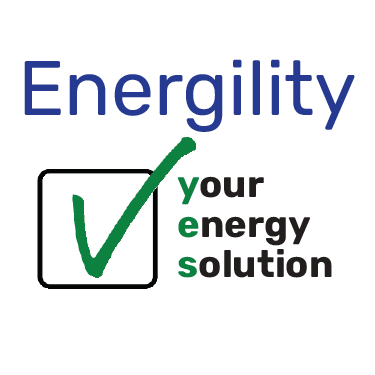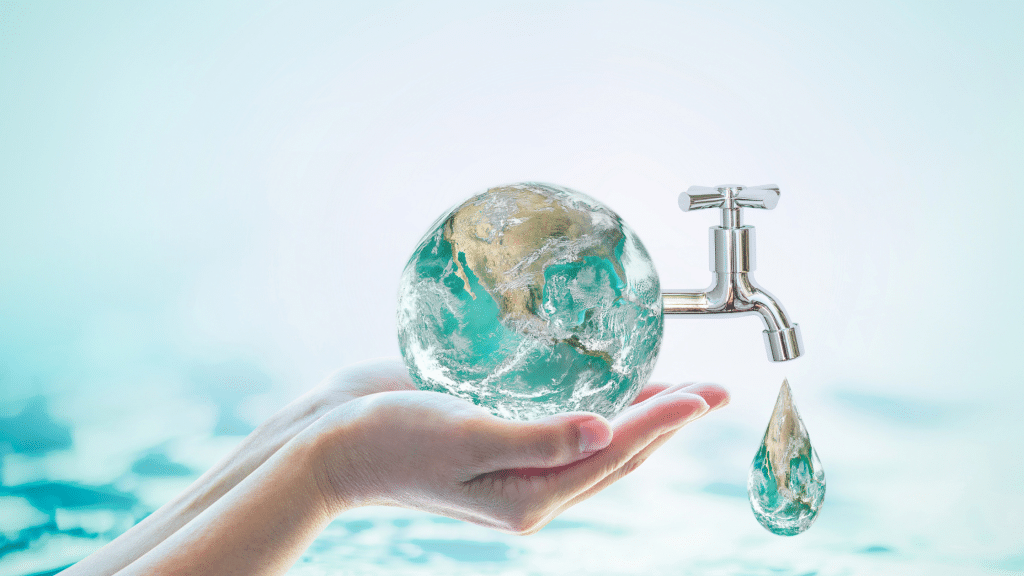Did you know that by conserving water you are also saving energy? Think about how many places you use water that is warm or hot (i.e., showers, dishes, washing your hands). Next, think about how the water gets everywhere it needs to go. The water is not at the top of a hill and flowing by gravity – it requires pumps to move it around to water treatment facilities and then through the pipes to homes and businesses. Finally, think about where the water goes once it goes down the drain – it is treated at a wastewater treatment facility and then either released back into the natural environment or sent back into the system, all of which uses energy.
ENERGY STAR® has several ways to save water, but most of them require that you are the owner of your home (replacing toilets) or that you can afford new appliances (a new washing machine.) However, there are a couple of low-cost options:
- Install WaterSense labeled faucet aerators and showerheads. The website says that “By installing WaterSense labeled faucet aerators and showerheads, the average family can save nearly 3,500 gallons of water and nearly 410 kilowatt-hours of electricity per year.” (ENERGY STAR®)
- Stop leaks. Check for leaks in all water using appliances as well as sinks, tubs, and toilets. If you rent, you can call maintenance to fix the leak. If you are a homeowner, you can fix some yourself, or you can call a plumber.
Another thought – what’s the difference between conservation and efficiency? “The Difference Between Water Conservation and Efficiency” on watercalculator.org describes efficiency as “well-engineered products and fixtures” and conservation as “all of the policies, programs and practices designed to help people change their behaviors.” This was an A-HA moment for me because we typically think of saving energy as energy efficiency and saving water as water conservation. But maybe it should be both conservation and efficiency for all resources. The website is linked here (https://www.watercalculator.org/footprint/water-conservation-efficiency/), and has many different examples of the difference between the two ideas. An example in energy – efficiency is LED lights versus incandescent lights and conservation is the practice of turning off lights that are not being used.
This just reaffirmed that everything is intertwined with many others, and it also pointed out the need to start from a place of understanding and common language on how to discuss it. Next time you think of your water use, review what you are conserving vs. what you are using efficiently. Also look at the other resources that are required to make safe water come from your tap.

